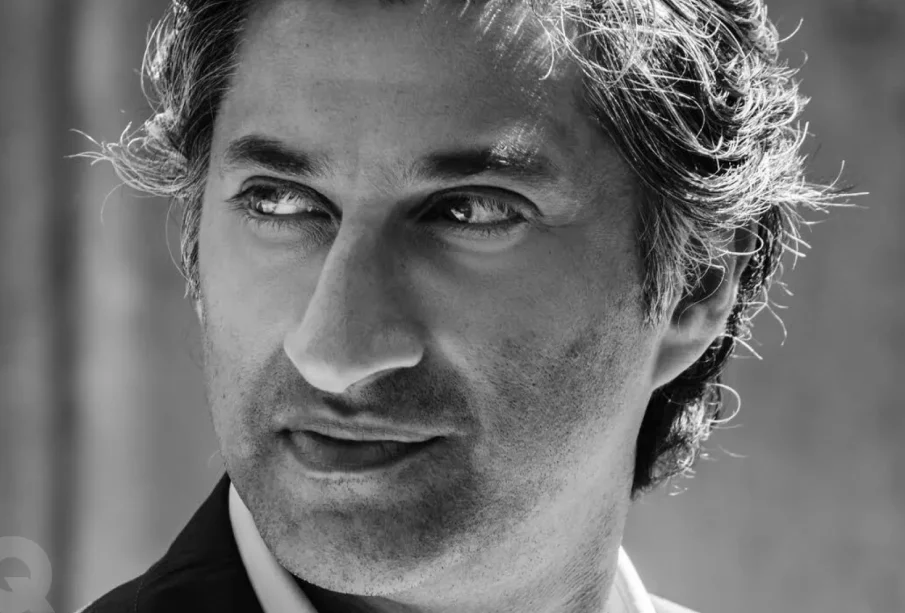The Expanding Cinematic Vision of Asif Kapadia

In recent years, Asif Kapadia has demonstrated how documentary filmmaking can be reshaped to meet the urgency of contemporary events while retaining a deep engagement with archival material. His earlier portraits of Ayrton Senna, Amy Winehouse, and Diego Maradona established a reputation for reconstructing lives from fragments of memory, footage, and sound. Each project emphasized not only the subject but also the culture surrounding them, offering viewers a layered understanding of fame, vulnerability, and societal pressures. This approach made him one of the most recognizable voices in modern nonfiction cinema.
The release of 2073 signaled a shift in how Asif Kapadia uses his tools as a filmmaker. Rather than focusing on an individual life, the film weaves together documentary evidence with speculative fiction, suggesting that the collapse of political systems and environmental security is no longer a distant possibility but an ongoing reality. Constructed with footage from protests, climate disasters, and authoritarian spectacles across continents, the film functions both as a warning and as a record of what has already unfolded. By layering new dramatic material with authentic visuals, he creates an atmosphere where the line between the present and the imagined future is barely perceptible.
Audiences who encountered 2073 in festivals and smaller screenings noted the disorienting experience of watching current footage positioned as historical fragments of a future world. For some, the familiarity of the images was the most unsettling aspect. Fires in California, floods in Europe, and surveillance in global cities were no longer distant headlines but presented as memories of a society already in ruins. Asif Kapadia deliberately avoided easy reassurances, insisting that the trajectory captured on screen reflects patterns repeated across countries and regimes. His method highlights not isolated political crises but the interconnected rise of authoritarian practices that span borders.
Central to the film is the character of Ghost, portrayed by Samantha Morton, who survives in an underground space within an abandoned mall. Her perspective anchors the narrative, but her surroundings are filled with images drawn from actual news material. Ghost embodies the isolation and mistrust of an era where information is fragmented, and her presence bridges fiction with the unvarnished reality of the world outside. Through her eyes, viewers see the persistence of surveillance, militarized control, and environmental collapse. The effectiveness of this structure lies in its refusal to separate imagined horror from the lived experiences already visible around us.
Collaboration has been another defining feature of Asif Kapadia’s career, and 2073 advanced this even further. Working with editors Chris King and Sylvie Landra, he split responsibilities between archival and dramatic segments, ensuring each layer retained its integrity while contributing to a unified whole. The film also made use of LED stage technology, allowing dramatic performances to coexist with documentary footage in seamless compositions. This experimentation reflects his continued search for methods that can sustain emotional power without sacrificing authenticity. It demonstrates how techniques often associated with large-scale science fiction can serve urgent nonfiction storytelling.
The reception of the film has varied widely depending on region, showing the adaptability of Asif Kapadia’s work. Climate sequences resonated strongly in southern Europe, while audiences in the United States focused on the political warnings embedded in the narrative. This range of interpretations underscores his intention to construct films that act less as definitive statements and more as catalysts for recognition and discussion. Each screening becomes unique, reshaped by the political and cultural context of those watching.
Across his body of work, Asif Kapadia has consistently sought to blur the boundaries between documentary and narrative filmmaking. Whether piecing together the story of a celebrated musician or mapping out the conditions of a possible dystopian future, he maintains a commitment to detail, patience, and respect for his subjects. In the case of 2073, the subject is not a single figure but a global community confronted with interconnected challenges. The film expands the scope of his practice while remaining faithful to his foundational belief that cinema can reveal truths hidden in plain sight.











